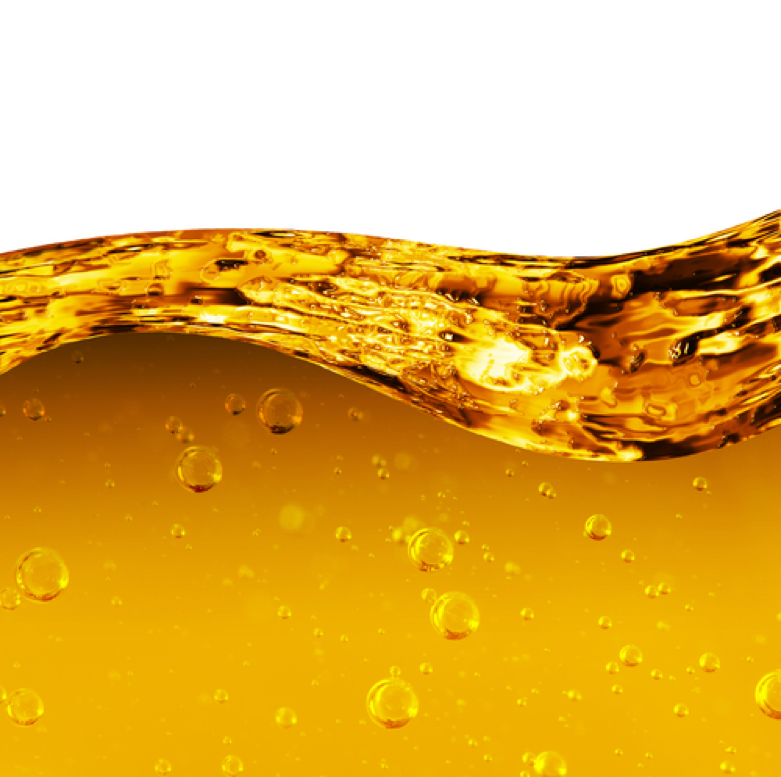Gas vs Ethanol: Which Is Better? A Look at the Pros and Cons
President Trump reaffirmed his support for ethanol during his stop in Iowa in June, making his comments amid uncertainty over whether his administration’s EPA will increase ethanol quotas administered under the Renewable Fuel Standard, Bloomberg reports. Meanwhile the Senate is considering the Consumer and Fuel Retailer Choice Act, which would lift restrictions on the capping of sales of fuel blends with over 10 percent ethanol during the summer months. The bill is gathering bipartisan support, but Iowa Republican Senator Charles Grassley told reporters that any legislation is unlikely to make it through Congress in time to affect E15 availability before the summer of 2018. As Congress and the Executive branch consider possible policy changes, here’s a look at some of the issues underlying the debate, and why some push for more ethanol while others continue to prefer more gasoline in their fuel.
Ethanol’s Advantages: Low Carbon, High Octane, Cheap – Gas vs Ethanol
For environmental advocates, the main attraction of ethanol is its potential for reducing carbon emissions. An Argonne National Laboratory study found that compared to gasoline, when the entire life cycle from raw material extraction to use is taken into account, corn ethanol can reduce greenhouse gas emissions 19 to 48 percent, depending on the energy source used in production, the U.S. Department of Energy says. Cellulosic ethanol made from materials such as crop residues and wood can reduce greenhouse gas emissions up to 115 percent, depending on cellulosic feedstock type and conversion processes.
Ethanol also has higher octane properties than gasoline. Finally, ethanol is cheaper than gasoline, translating into lower prices per gallon.
Ethanol Drawbacks: Hidden Carbon Output, Engine Damage, Fuel Inefficiency, Food Inflation – Gas vs Ethanol
Opponents of ethanol point to drawbacks that they argue offset these advantages. They point to research such as a Princeton study which concluded that producing corn ethanol would actually double greenhouse gas emissions over a 30-year period and raise greenhouse gases for 167 years, after taking into account the impact of farmers converting forests and grasslands into new cropland to replace that diverted to biofuels.
Another issue is that ethanol has strong solvent properties that can damage engines designed to run purely on gasoline. Most recent car models can handle low levels of ethanol thanks to computer-controlled fuel injection adjustments and the use of materials like fluorocarbon, which are resistant to ethanol-induced engine overheating. However, increasing ethanol levels to 15 percent or more would accelerate car engine wear and damage fuel systems, according to the American Automobile Association. And even smaller amounts of ethanol can damage older cars as well as vehicles such as tractors and lawnmowers.
Ethanol is also less fuel efficient than gasoline. A gallon of ethanol delivers one-third less energy per gallon than a gallon of gasoline, so that an 85-percent ethanol mixture is 30 percent less powerful than pure gasoline, Bell Performance says.
Finally, using corn for ethanol has a negative impact on world food s
upplies. Using corn for ethanol inflates corn prices, which makes it more expensive to feed animals or make high-fructose corn syrup. Government ethanol subsidies implemented over the past decade have doubled the price of corn.
The Bottom Line: Price Comparison Gas vs Ethanol
When it comes to price, ethanol is at a decided disadvantage against gasoline. Despite the fact than ethanol is cheaper than gasoline per gallon, its lower energy output delivers fewer miles per gallon, requiring more fuel to go the same distance. For example, for a 2014 Ford Focus running on a 15 percent ethanol mixture, the price of E85 would have to be 30 percent lower per gallon than gasoline to achieve greater cost efficiency over comparable mileage.
Ethanol’s economic disadvantage helps explain why less than 2 percent of filling stations in the United States sell fuel with more than 10 percent ethanol. Domestic ethanol consumption has hit a plateau, and U.S. producers are turning to foreign markets to sell their increased output, Financial Times states. Meanwhile, many consumers concerned about issues such as engine damage are willing to travel farther to get ethanol-free E0 gas. More than 12,000 gas stations in the U.S. and Canada now sell ethanol-free gas, and demand is growing. The national ethanol debate appears unlikely to be resolved in the immediate future.

Founder Dinis Guarda
IntelligentHQ Your New Business Network.
IntelligentHQ is a Business network and an expert source for finance, capital markets and intelligence for thousands of global business professionals, startups, and companies.
We exist at the point of intersection between technology, social media, finance and innovation.
IntelligentHQ leverages innovation and scale of social digital technology, analytics, news, and distribution to create an unparalleled, full digital medium and social business networks spectrum.
IntelligentHQ is working hard, to become a trusted, and indispensable source of business news and analytics, within financial services and its associated supply chains and ecosystems











